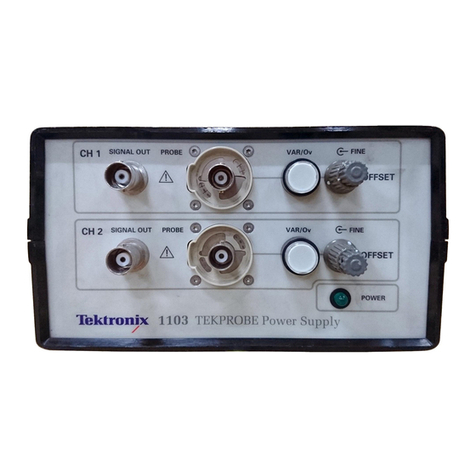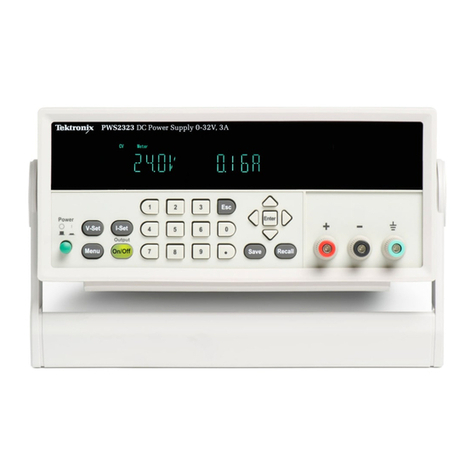Tektronix PS 503A User manual
Other Tektronix Power Supply manuals
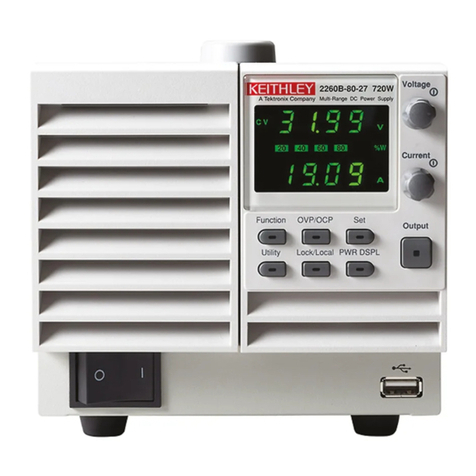
Tektronix
Tektronix Keithley 2260B Series User manual
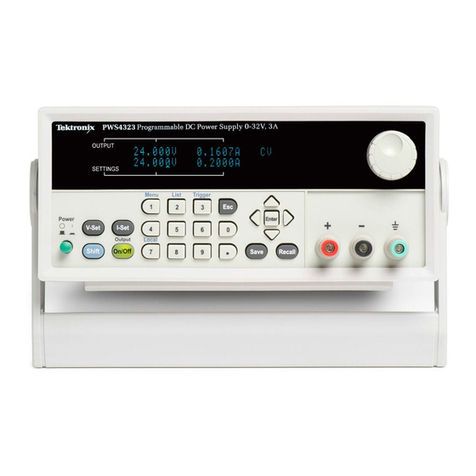
Tektronix
Tektronix PWS4205 User manual
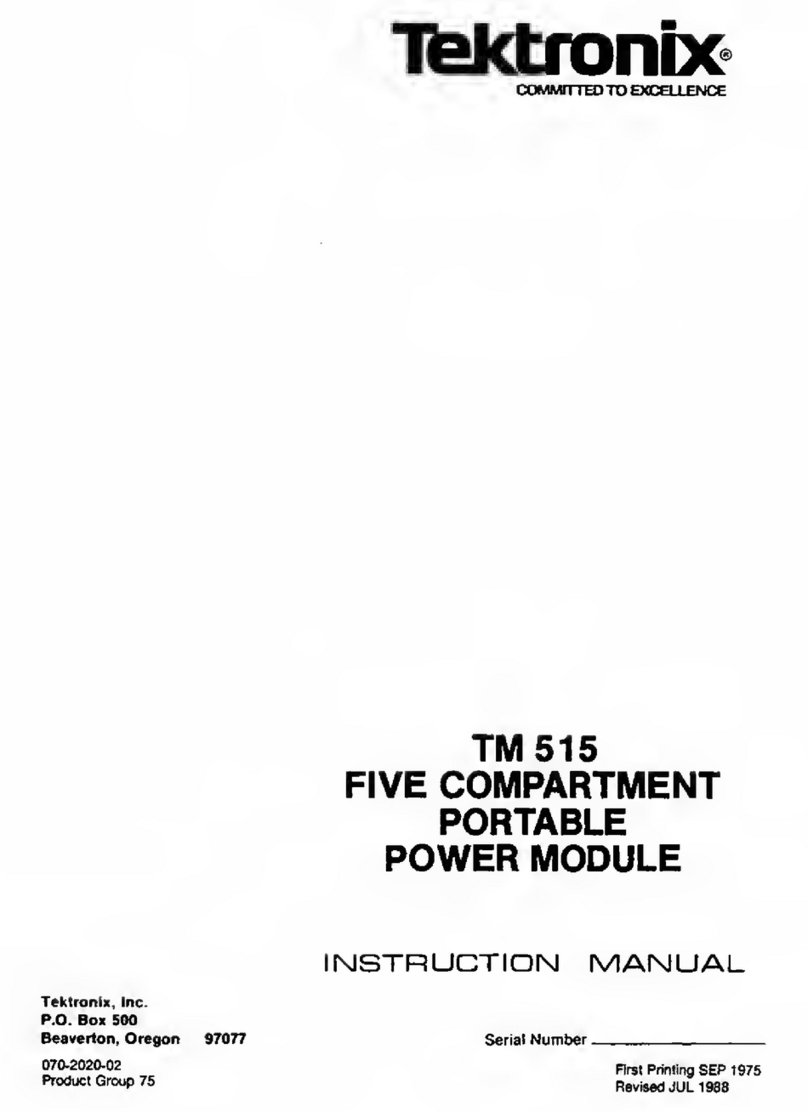
Tektronix
Tektronix TM 515 User manual
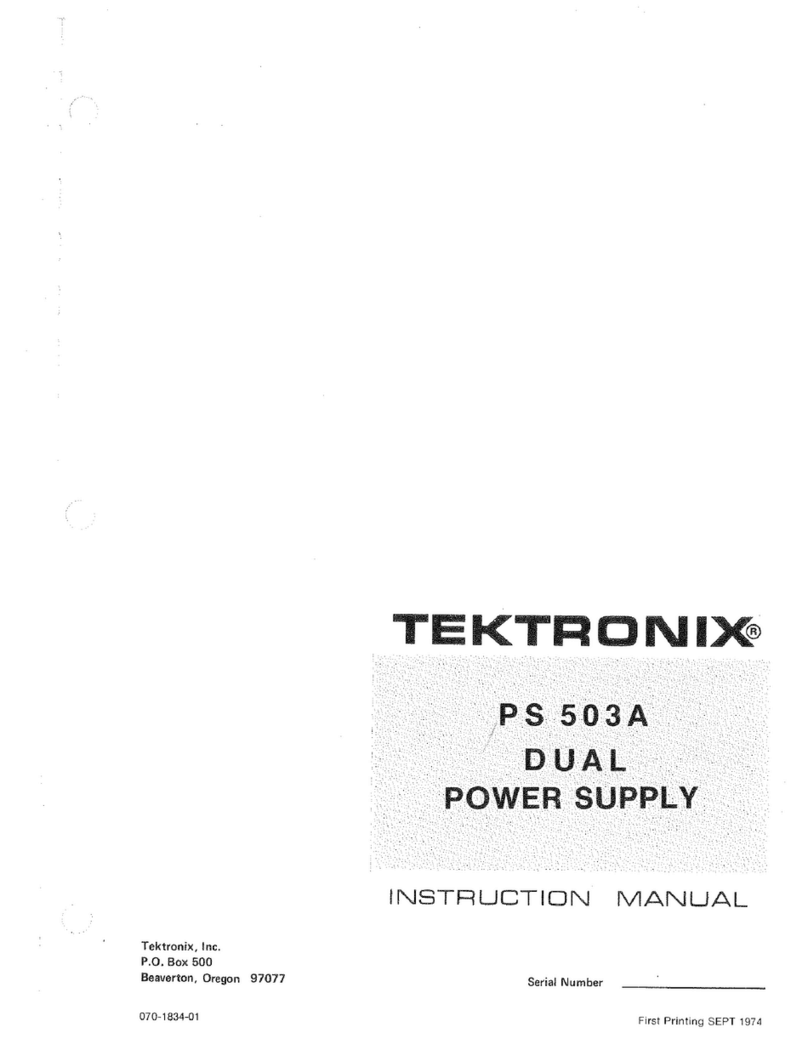
Tektronix
Tektronix PS 503S User manual

Tektronix
Tektronix PS 5004 User manual

Tektronix
Tektronix 285 User manual
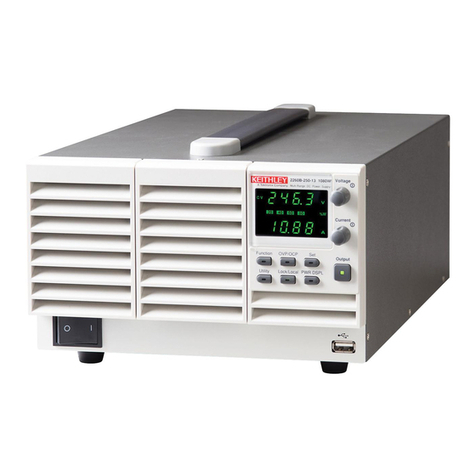
Tektronix
Tektronix Keithley 2260B Series User manual
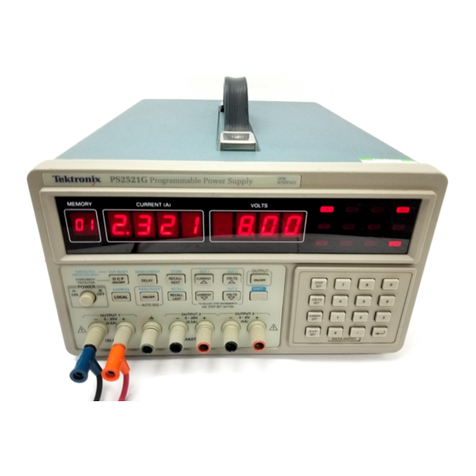
Tektronix
Tektronix PS2520 User manual
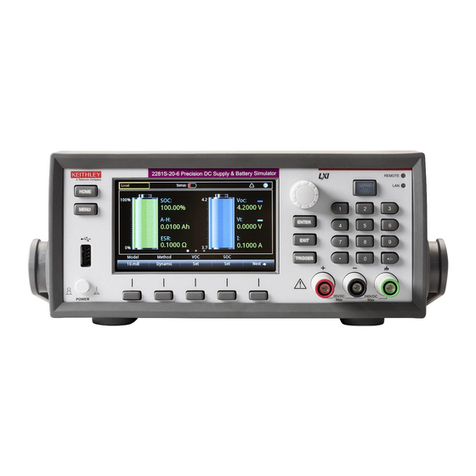
Tektronix
Tektronix Keithley 2281 Series User manual
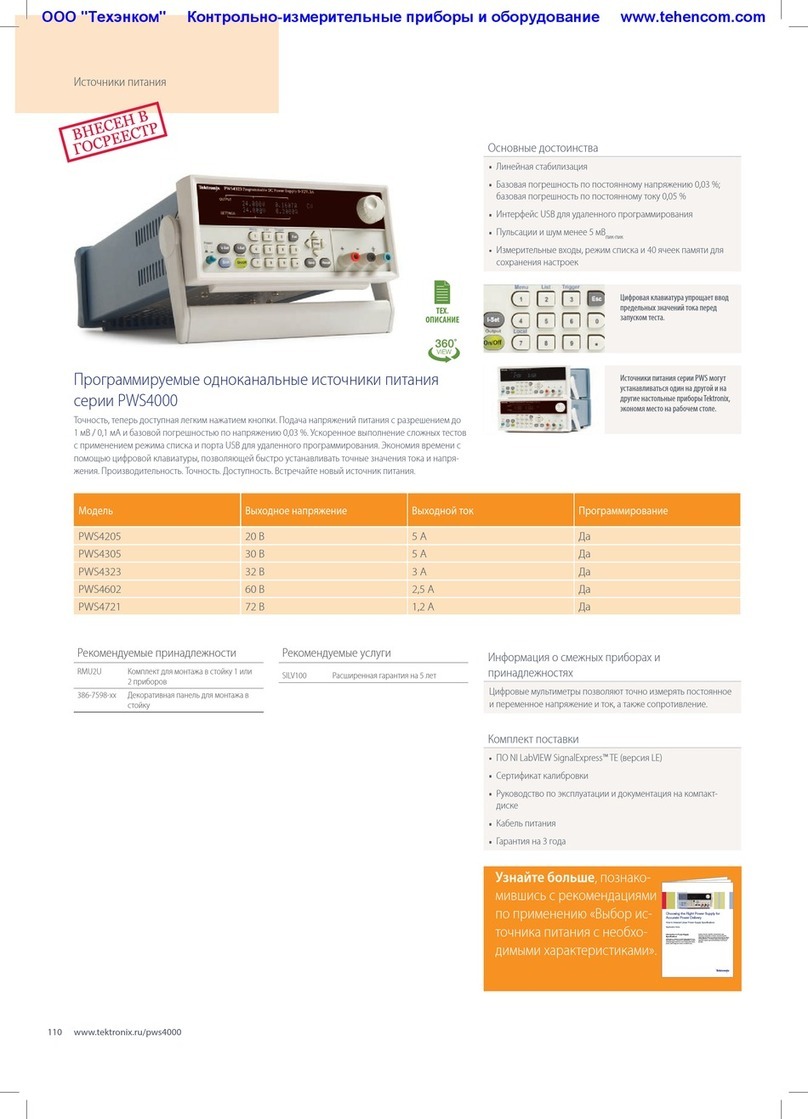
Tektronix
Tektronix PWS4000 Series User manual
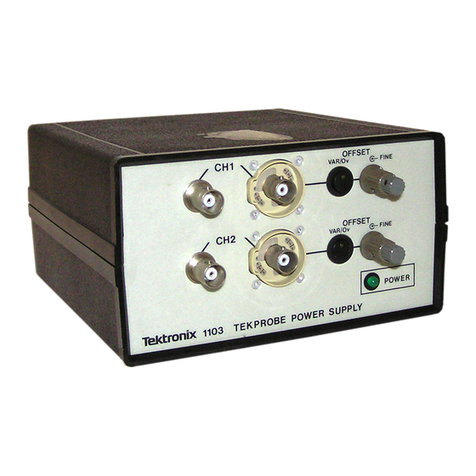
Tektronix
Tektronix 1101A User manual
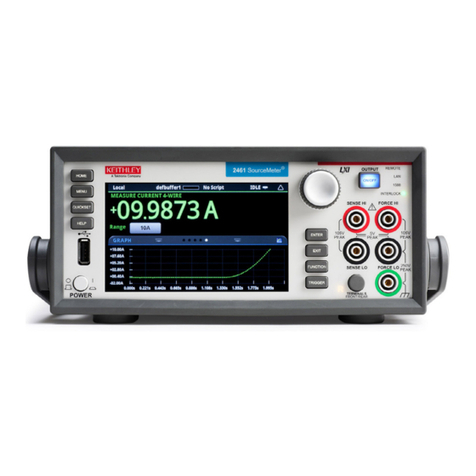
Tektronix
Tektronix KEITHLEY SourceMeter 2400 Series Guide

Tektronix
Tektronix TM 515 User manual
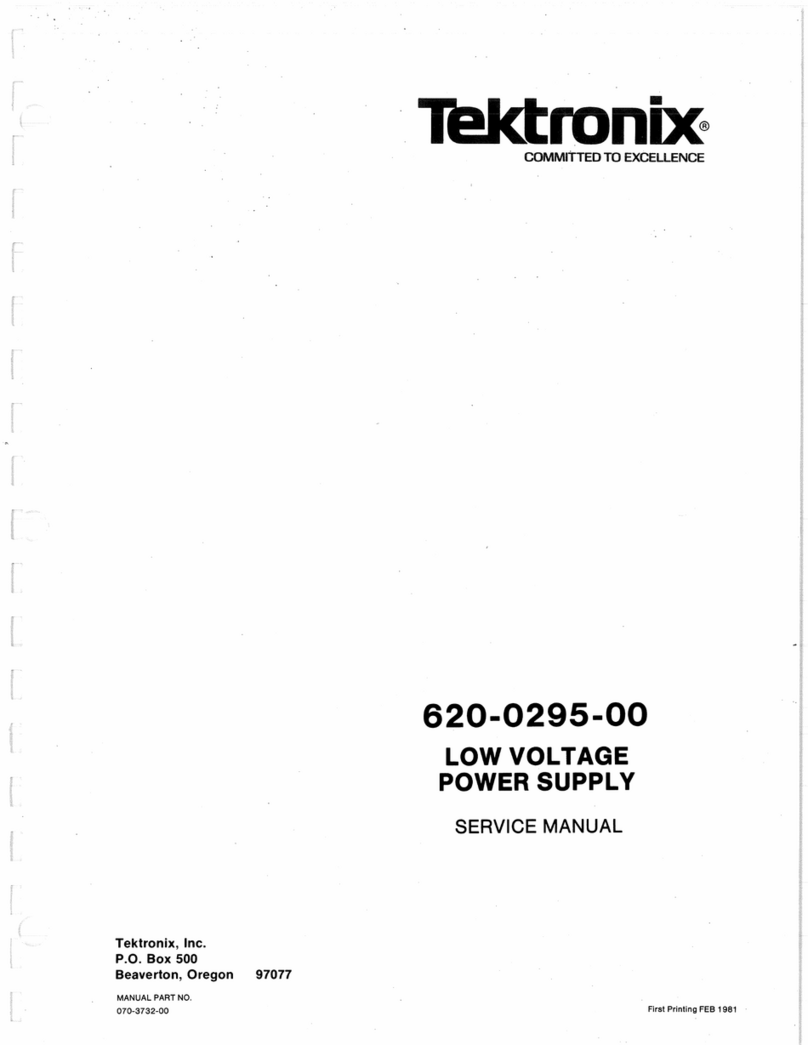
Tektronix
Tektronix 620-0295-00 User manual
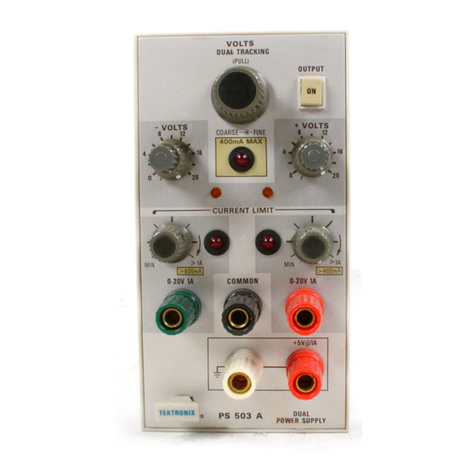
Tektronix
Tektronix PS 503A User manual

Tektronix
Tektronix PS280 User manual
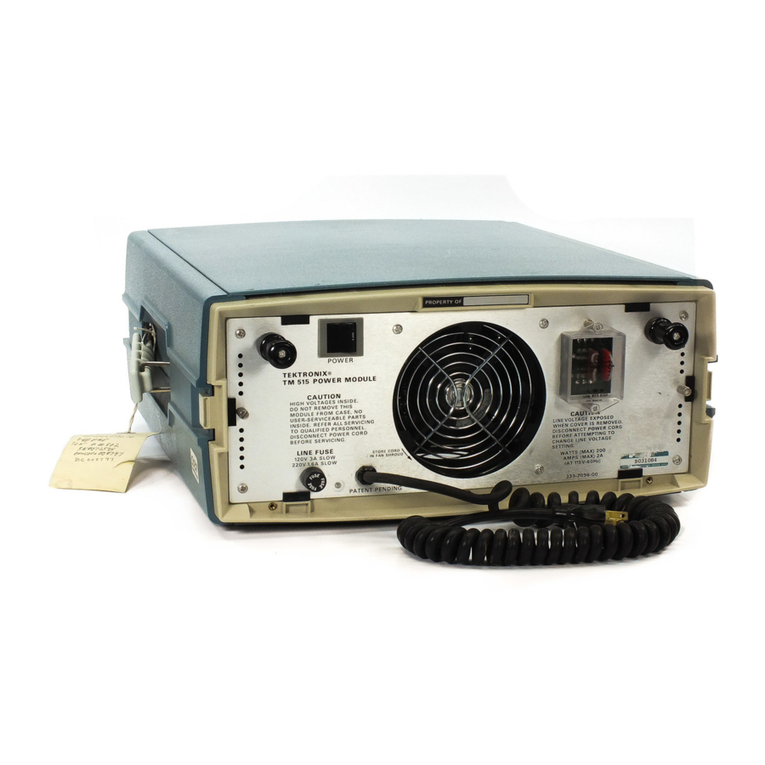
Tektronix
Tektronix TM 515 User manual
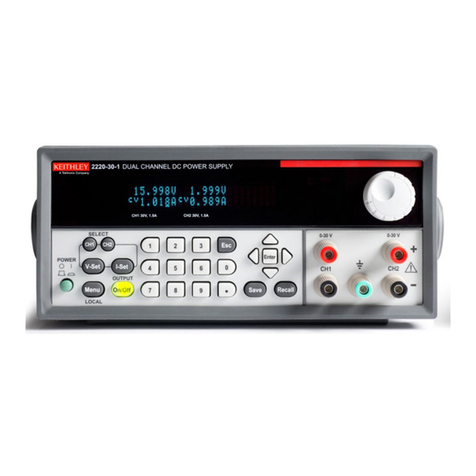
Tektronix
Tektronix KEITHLEY 2200 Series Owner's manual
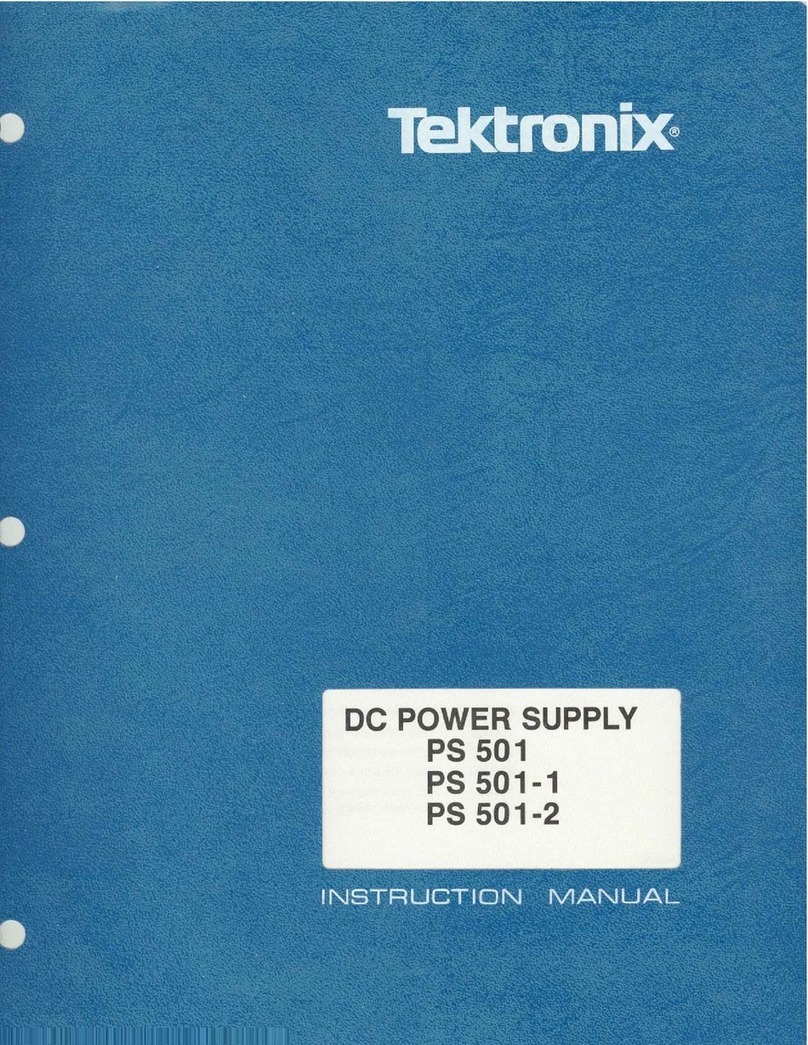
Tektronix
Tektronix PS 501 User manual
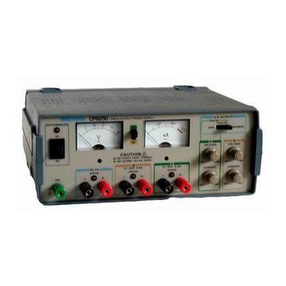
Tektronix
Tektronix CPS250 User manual
Popular Power Supply manuals by other brands

Videx
Videx 520MR Installation instruction

Poppstar
Poppstar 1008821 Instructions for use

TDK-Lambda
TDK-Lambda LZS-A1000-3 Installation, operation and maintenance manual

TDK-Lambda
TDK-Lambda 500A instruction manual

Calira
Calira EVS 17/07-DS/IU operating instructions

Monacor
Monacor PS-12CCD instruction manual


